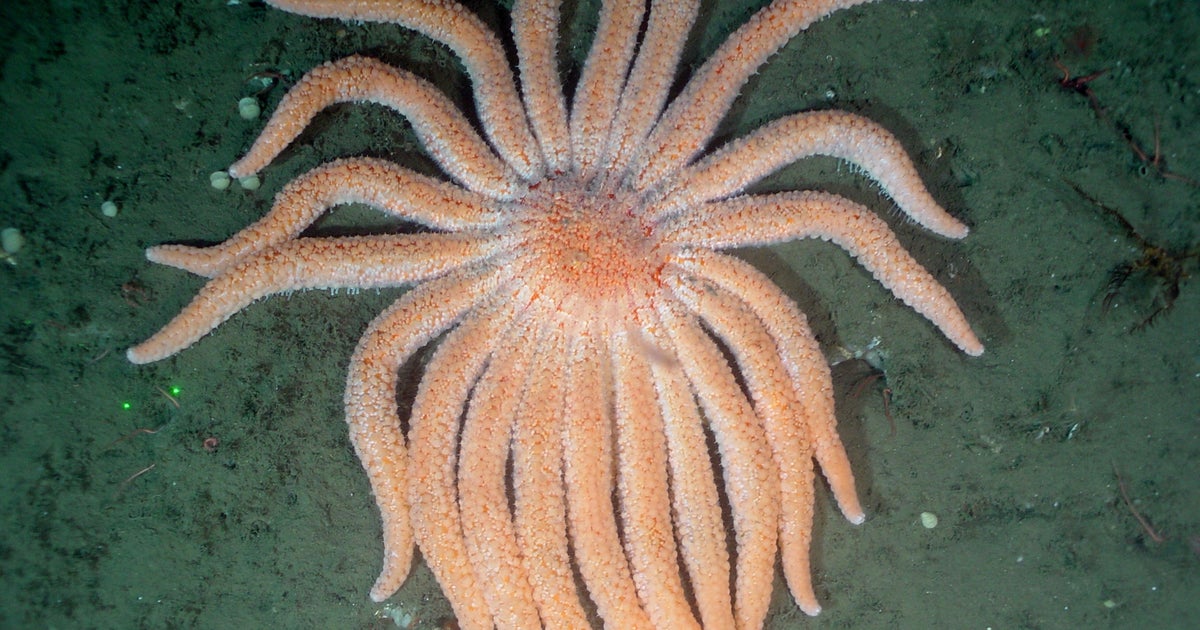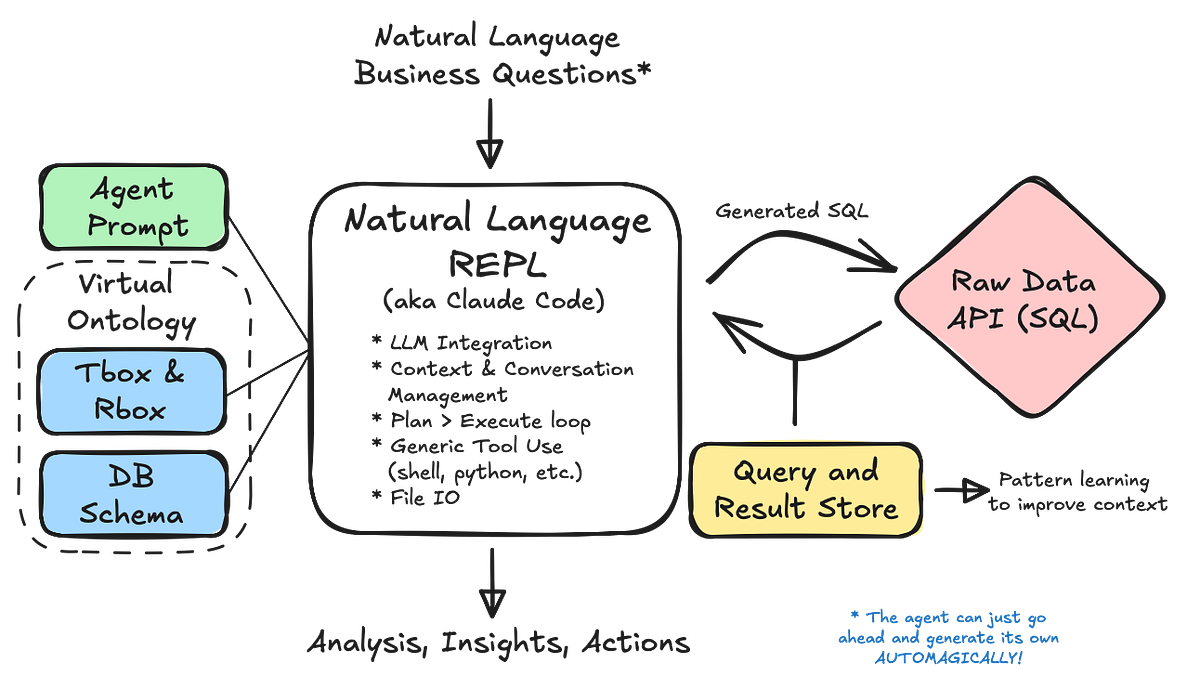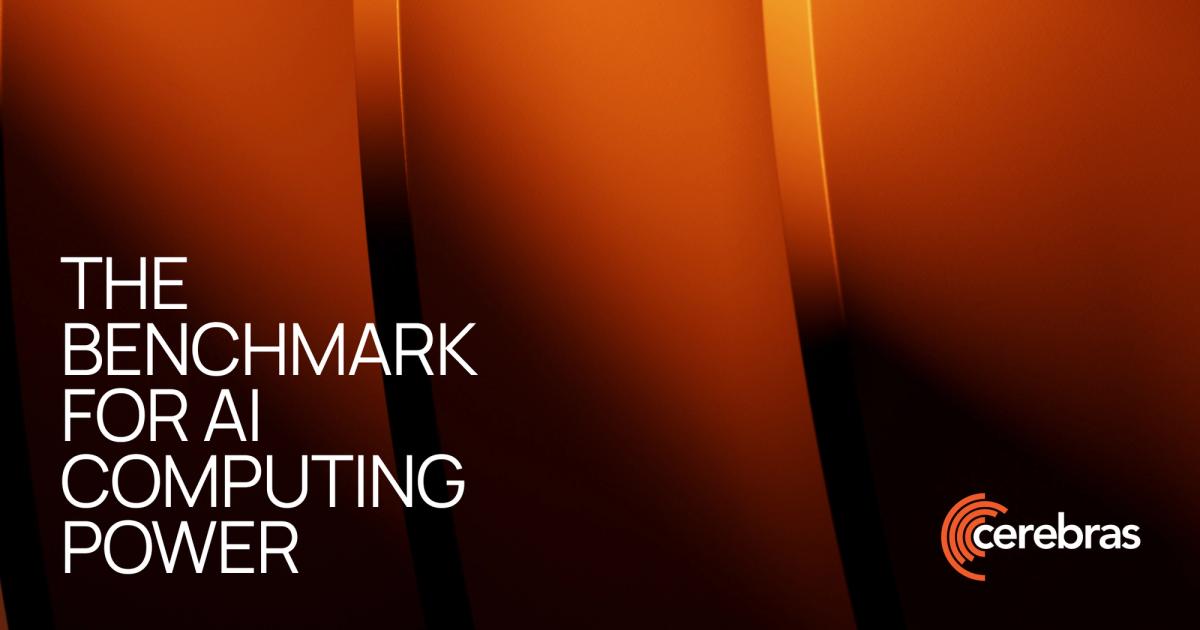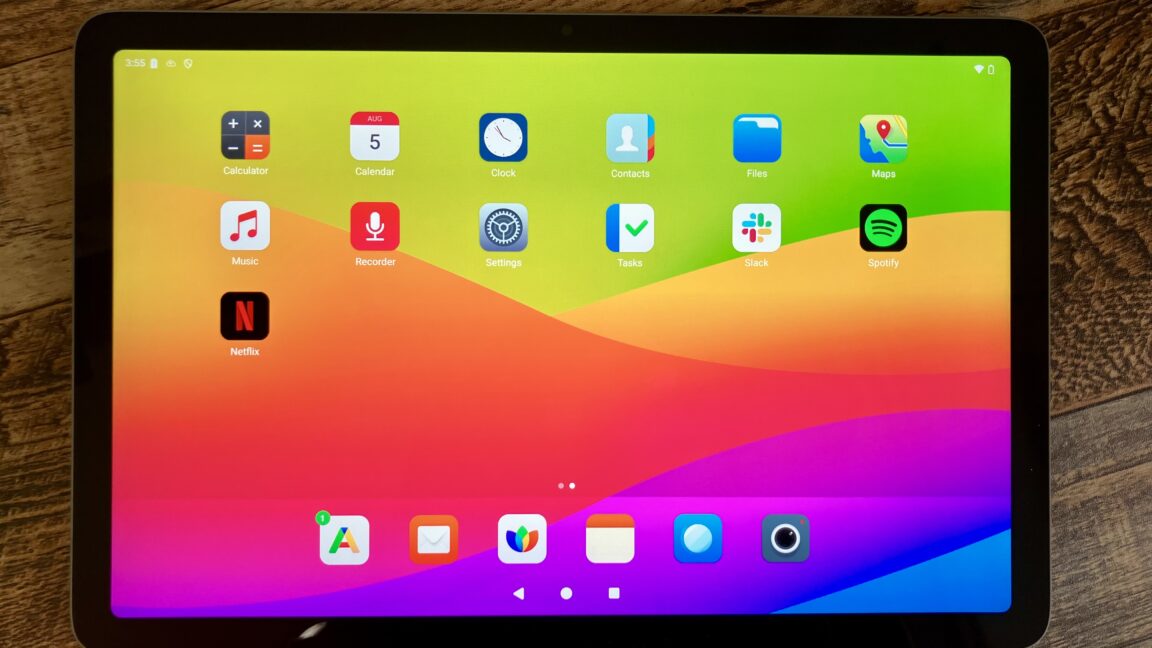
Chiral Superconductivity in Rhombohedral Graphene
Crystals made of a few layers of graphene are even more intriguing than the single-layer original. One recipe for making them is to shift each newly stacked layer sideways by a third of the width of the unit cell. This so-called ABC stacking repeats itself every three layers in a pattern that resembles a rhombohedron. Superconductivity was discovered in rhombohedral graphene four years ago [1]. Now Long Ju of MIT and his collaborators have found two new superconducting states in the material [2]. Each state exhibits both chirality and magnetism—a combination of properties that has not been seen before in a superconductor. The results suggest that researchers could be getting closer to so-called topological superconductivity, a type of electronic state that might prove useful in future, less-error-prone quantum computers. “[Rhombohedral graphene] is probably the best candidate for a topological superconductor discovered,” says physicist Andrea Young of the University of California, Santa Barbara, who was not involved in the study.
The interest in rhombohedral graphene stems from the shape of its bands. Whereas single-layer graphene’s conduction and valence bands meet sharply at a point, ABC stacking splits the points and flattens the bands. Electrons that occupy a flat band share the same low energy regardless of their momentum. Interactions among these sluggish electrons are relatively stronger than those for electrons occupying the sharper bands characteristic of semiconductors. In rhombohedral graphene, the combination of flat bands, crystal symmetries, and electron-occupation rules creates an undulating, spin-dependent landscape where various collective electronic phenomena can arise. Experimenters have two main ways to shepherd the electrons within this landscape. First, they can inject additional electrons into the crystal, which boosts the density and pushes electrons into higher-energy locations. Second, researchers can apply a voltage across the crystal, raising and flattening the landscape itself.













